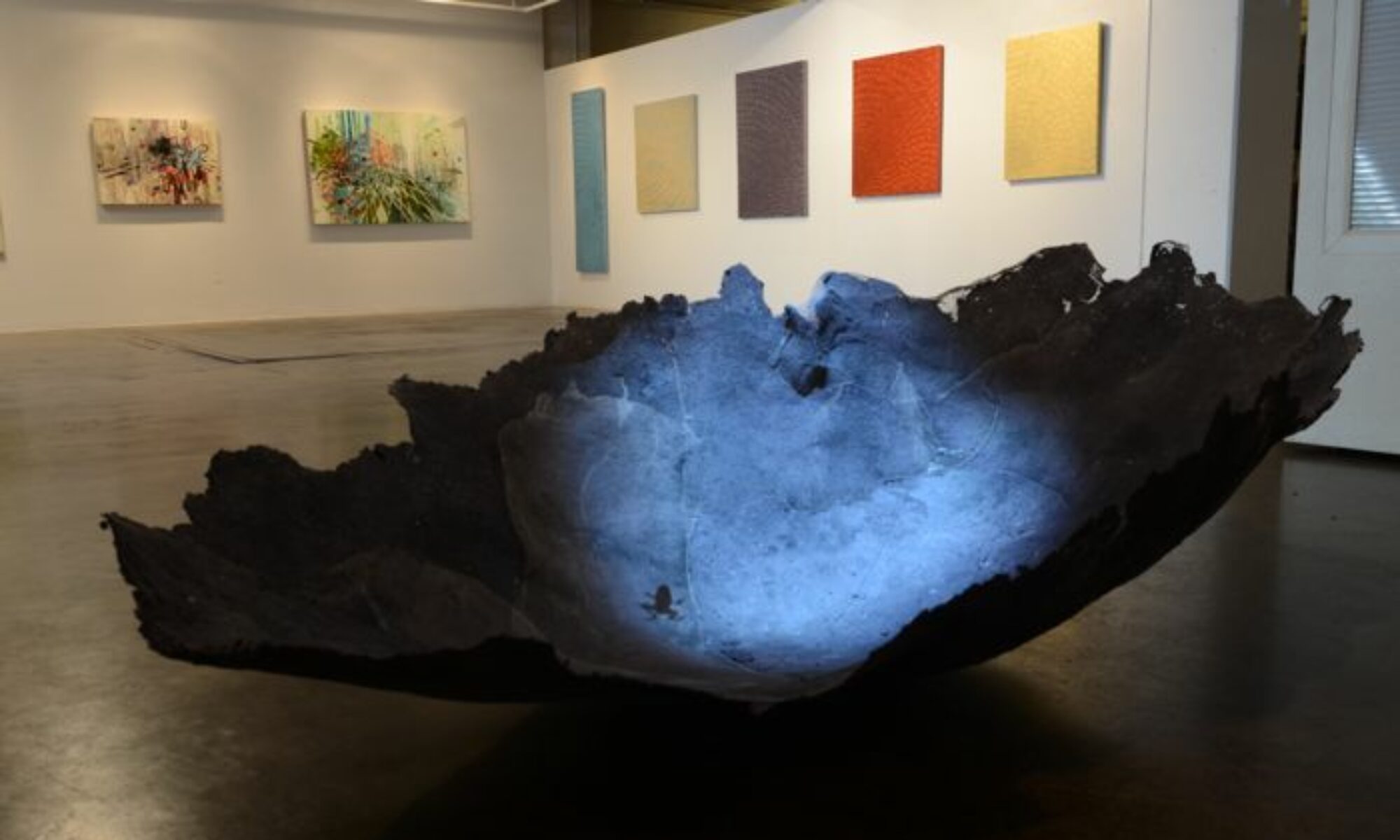I love to find three articles in the Sunday New York Times, and juxtapose one against the other. On Sunday December 2, 2012, I found three articles about three people that situated my mind into a particular place. In the Arts section, actor Bill Murray spoke to a writer about his unpremeditated career. Thinking about who he is-or who he could be in a film he said, “I wouldn’t have cast myself.” Bill Murray and his identity intrigues me. I have been thinking about what it means to be authentic, without external pressures. What does it mean to describe, analyze, synthesize and render an authentic experience in life…in landscape?
I was surprised to learn about Agnes Denes, an artist with “more to say” beyond the confines of a canvas. An identity might not be contained. Many people attribute her to be the one to create “the first ecologically conscious earthwork, “Rice/ Tree/Burial, a performance piece that involved planting rice seeds in a field in upstate New York, chaining surrounding trees and burying a time capsule filled with copies of her haiku.” She is a living example of an identity unfolding. She changed her life to wake up each morning, roll out of bed to make art in the space that she lives. As her gallery agent, described, “It’s difficult to get your head around all the things she’s done,” Ms. Tonkonow added. “I do honestly think that’s why she hasn’t been a household name.” Has her identity become unexpected, uncategorized like Murray?
Artist Karen Rosenberg’s work in this section is an unfolding story, a spatial kinetic sculpture with people and movements designed “to rustle a giant piece of fabric.” Set apart from this is “a writer scribbling response.” It is literally a deconstructed story, conceptually occupying space and time so it can be comprehended.This is a smaller story than the other two and perhaps less important today.
